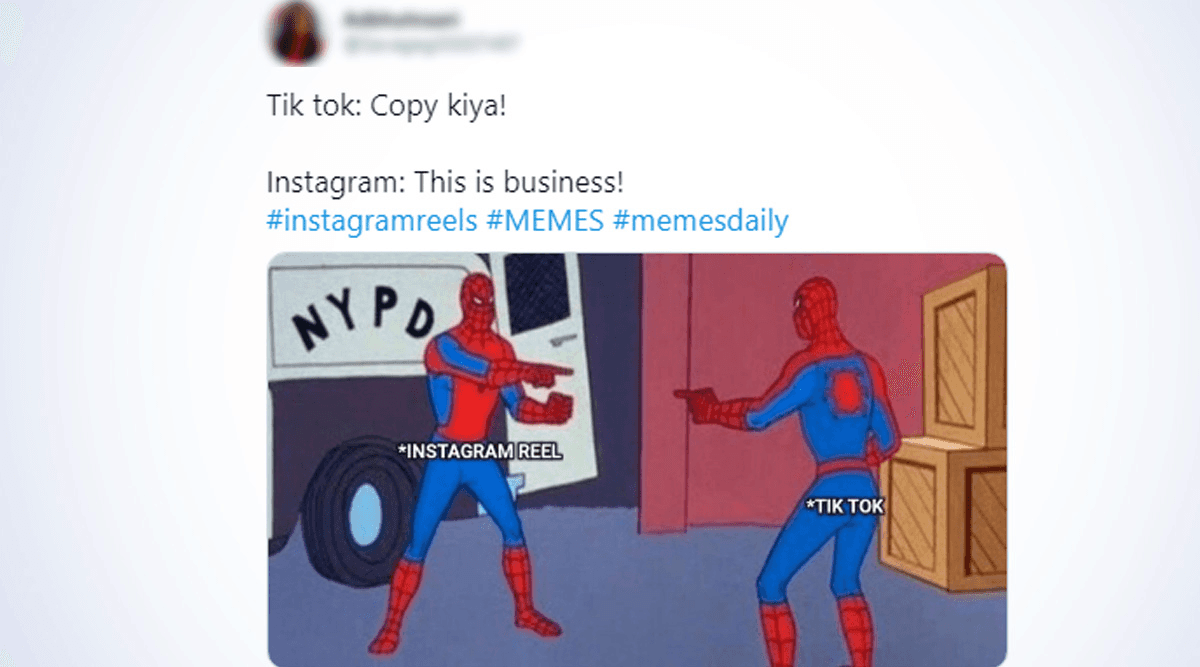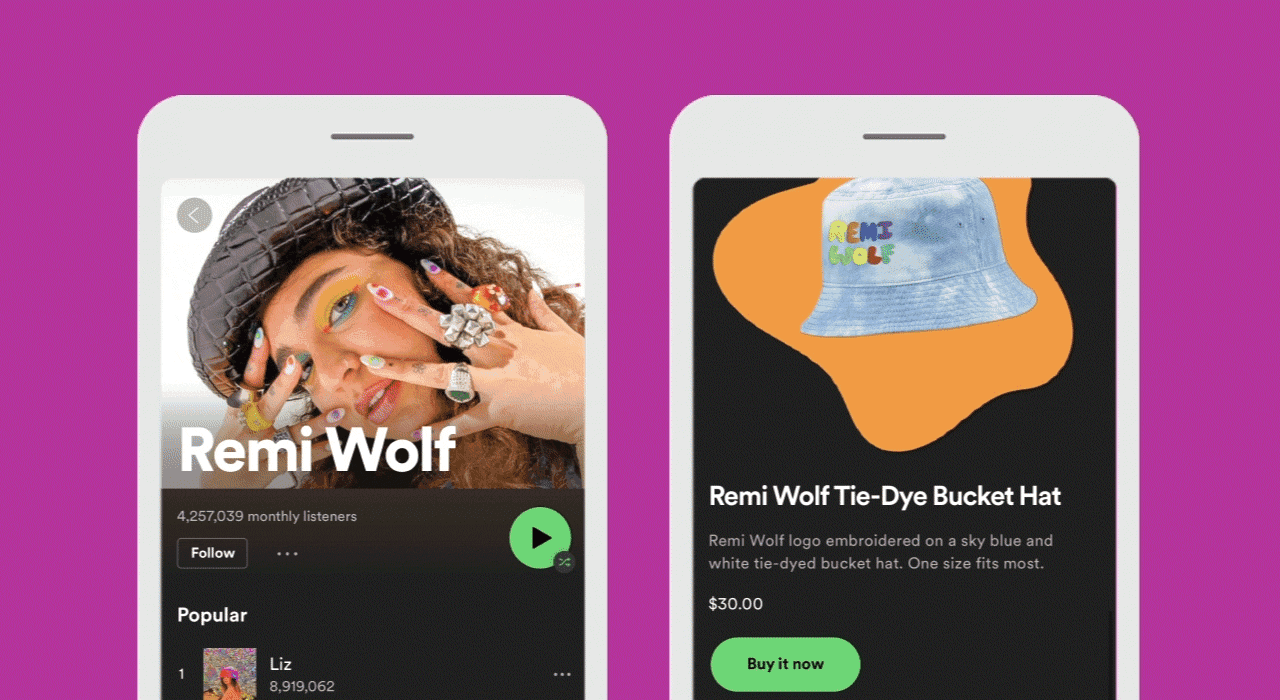From Friendster to TikTok
Social media has come a long way since its humble beginnings in the early 2000s. Back then, platforms like Friendster, MySpace, and LinkedIn were just starting to gain traction. Little did we know that Facebook, which launched in 2004, would completely revolutionize the social media landscape.
1. The Rise of Facebook: A Game-Changer for Social Media
When Facebook burst onto the scene, it took the world by storm. No longer confined to college campuses, this platform quickly became a global phenomenon. People of all ages flocked to join, connecting with friends, sharing photos, and updating their statuses with witty one-liners (or not-so-witty ones).
Facebook's user-friendly interface and addictive features made it impossible to resist. Suddenly, everyone had a virtual presence, and social media became an integral part of our daily lives. We could now stalk our exes, share cat videos, and engage in heated political debates all in one place.
2. The Era of Diversification: Twitter, YouTube, Instagram, and Snapchat
As the years rolled on, social media continued to evolve. New platforms emerged, each catering to different interests and demographics. Twitter burst onto the scene in 2006, allowing us to condense our thoughts into 280 characters or less. It became the go-to platform for real-time news updates, celebrity feuds, and hashtag trends.
YouTube, on the other hand, revolutionized the way we consume content. From cute animal videos to makeup tutorials, this video-sharing platform became a hub of entertainment and education. Who needs cable TV when you have an endless supply of cat videos at your fingertips?
Then came Instagram in 2010, where we could showcase our perfectly filtered lives through carefully curated photos. Suddenly, everyone was a photographer, capturing every latte art and avocado toast moment. And let's not forget about Snapchat, the app that made disappearing photos and silly filters a thing.
3. The Social Media Takeover: Communication, Information, and Networking
With the proliferation of smartphones and improved internet connectivity, social media's popularity skyrocketed. Today, it plays a central role in communication, information sharing, and networking on a global scale. We can now connect with people from all corners of the world, exchange ideas, and even build businesses through social media platforms.
For social media marketers and business owners, these platforms have become invaluable tools for reaching their target audience. From running targeted ads to engaging with customers, social media offers endless opportunities for growth and brand awareness.
But with great power comes great responsibility. As social media continues to evolve, it's important to stay up-to-date with the latest trends and algorithms. What works today may not work tomorrow, so it's crucial to adapt and experiment with new strategies.
The future of Social Media Marketing (2024-2026)
4.1 Video content is taking over the internet

According to Cisco reports, 82% of global internet traffic will come from either video streaming or video downloads in 2024. The forecast from Publicis Media's Zenith unit predicts a more than 20% increase in daily online video consumption over the next two years, reaching an average of 100 minutes per day - equivalent to watching 25 continuous days of video in 2021.
Video content for marketing is the future. Solid.
Tips: Use relevant keywords in your video titles, descriptions, and tags to optimize search engine visibility. This can help your videos rank higher in search results.
4.2 Youtube is back in the game
Imagine watching a renowned beauty channel known for its thorough lipstick reviews. Now, picture a scenario where the channel activates AR Beauty Try-On. Instead of the usual banner ad, you're presented with a second window, allowing you to virtually try on the lipstick brands featured in the video.
During a discreet trial with major beauty brands back in 2019, Google reported an impressive 30% activation rate for augmented advertisements. A significant portion of participants spent approximately 80 seconds experimenting with AR lipstick try-ons. A total game changer!
It's a proven strategy that AR has become one of the best tool to convert social media followers into active purchaser/shoppers on social platforms.After Google I/O 2023 announce on the new feature of AR and VR, the future of VR blended social media experience is not too far from reality.
4.3 The rise of Social Commerce
According to McKinsey - By 2025, that figure is expected to swell to nearly $80 billion, or 5 percent of total US e-commerce.
Get yourself familiar with all the big player now: Instagram Live Shopping, TikTok Shopping, Spotify merchants, YouTube Shopping - YOU NAME IT!
Instagram Live Shopping lets influencers sell you things in real-time. TikTok joined the party, teaming up with Shopify to turn your favorite dance videos into a mini shopping mall. YouTube said, 'Hold my algorithm,' and now you can shop while binge-watching cat videos.
Added to the fuel, Spotify just introduce the latest collaboration with Shopify, turning artist profile into a Virtual Merchant, it's a total game changer to the music industry.
In summary, It's not just social media; it's your one-stop-shop-till-you-drop extravaganza!




